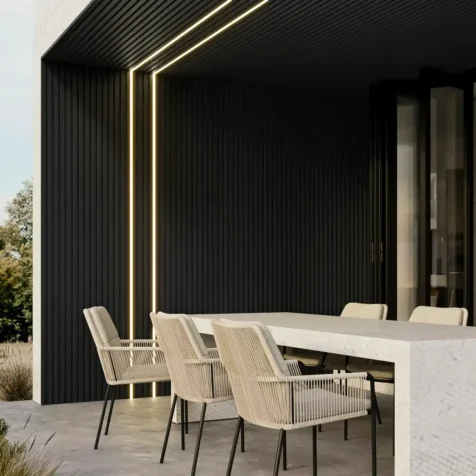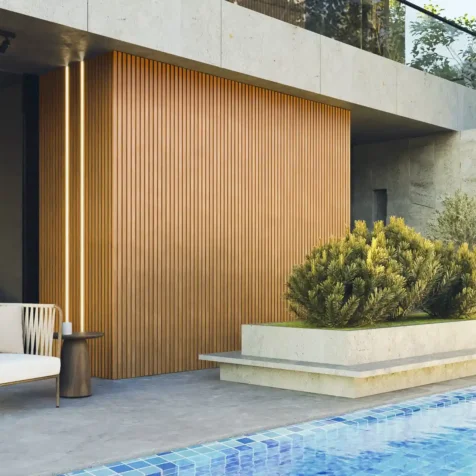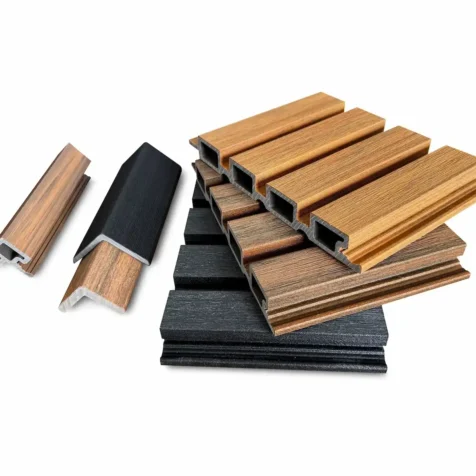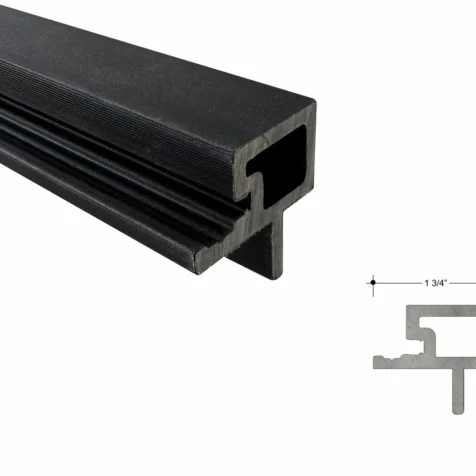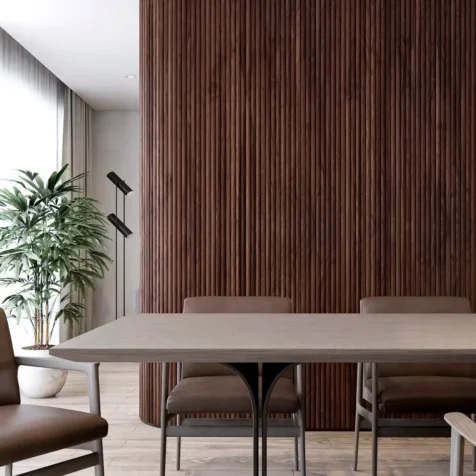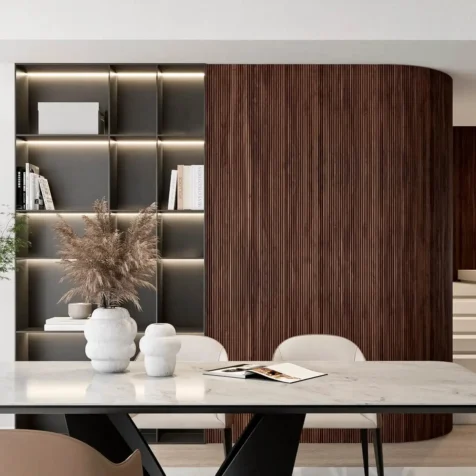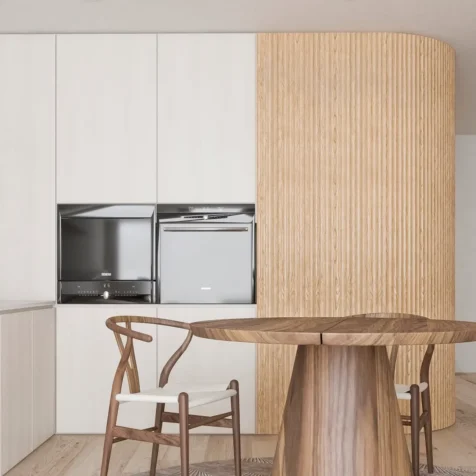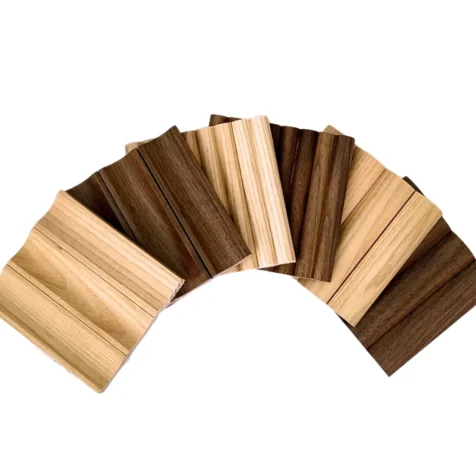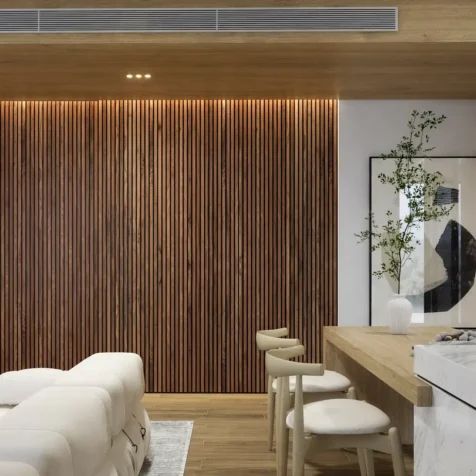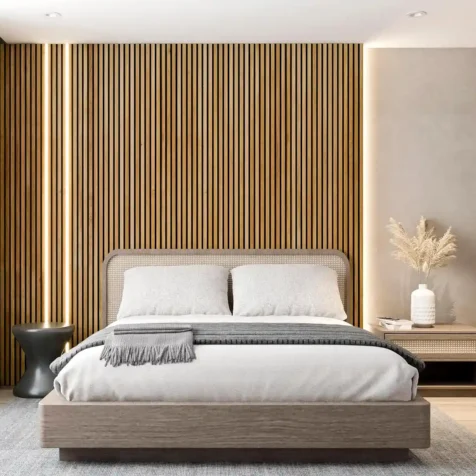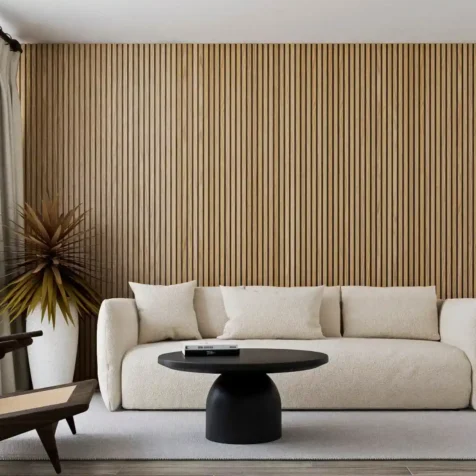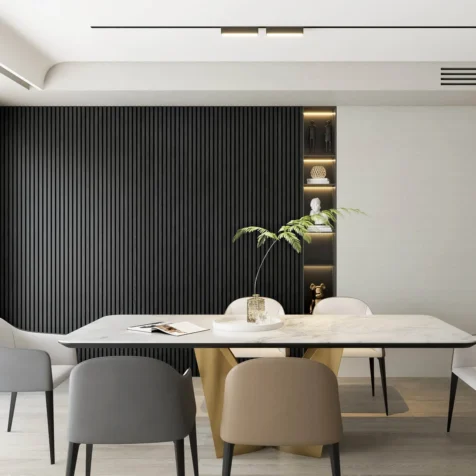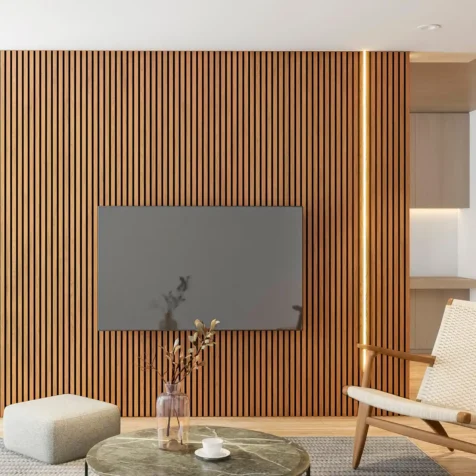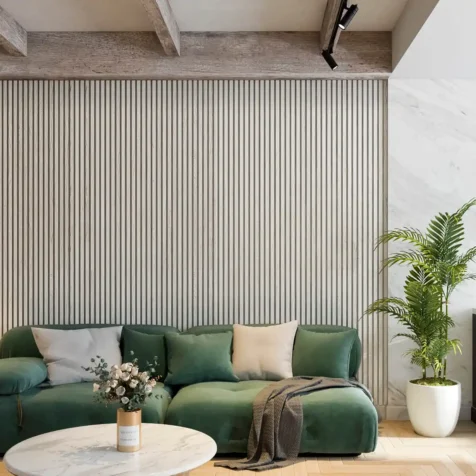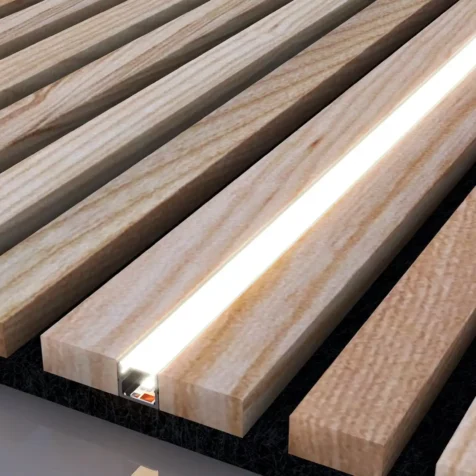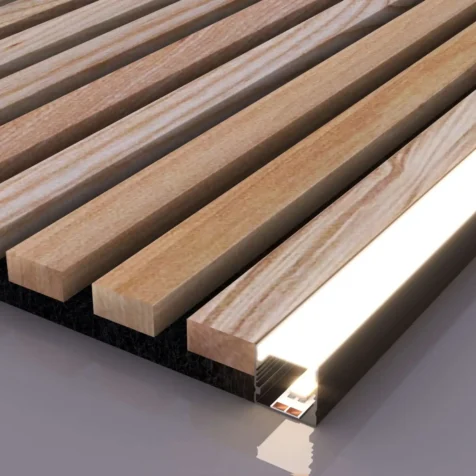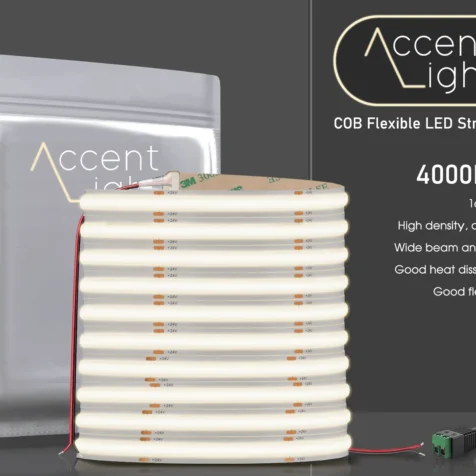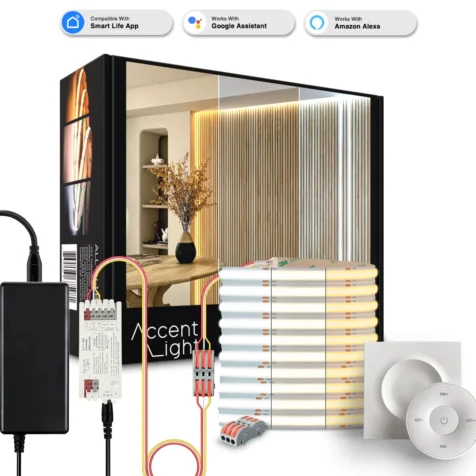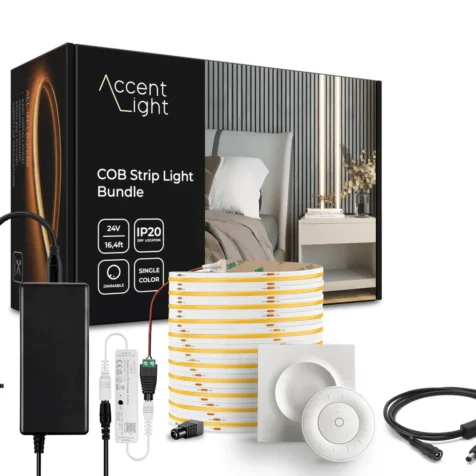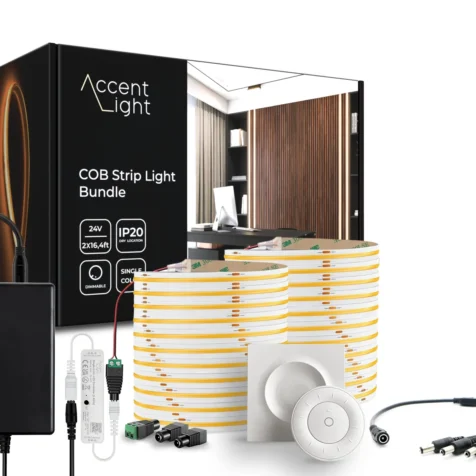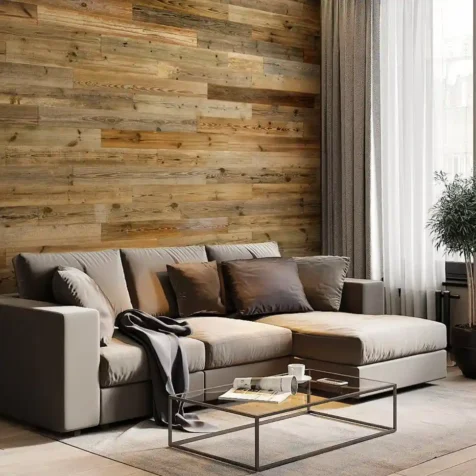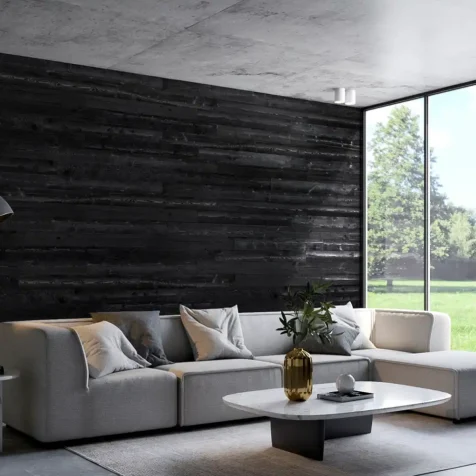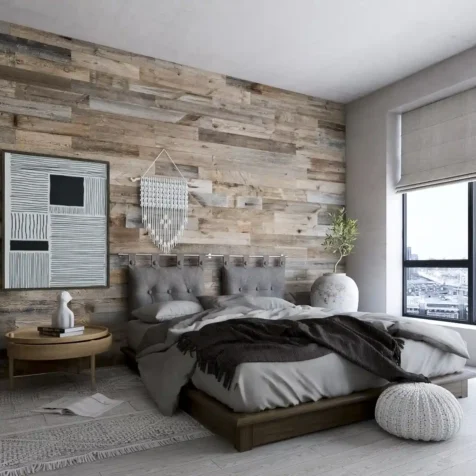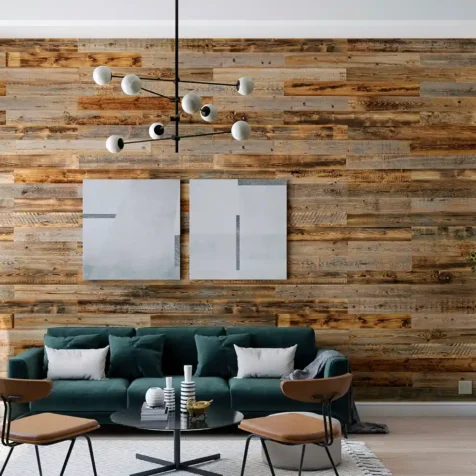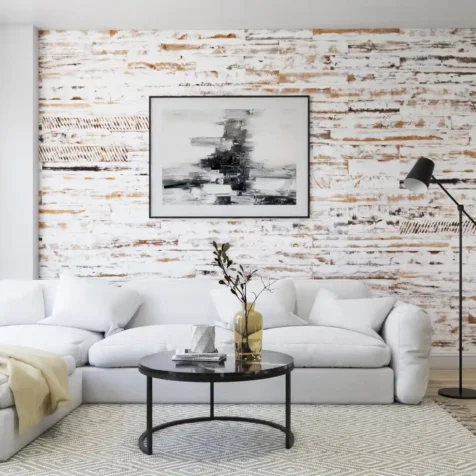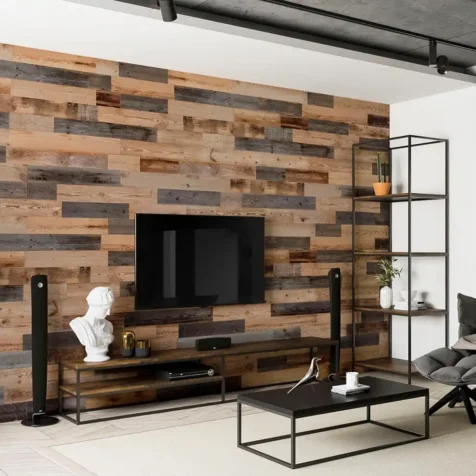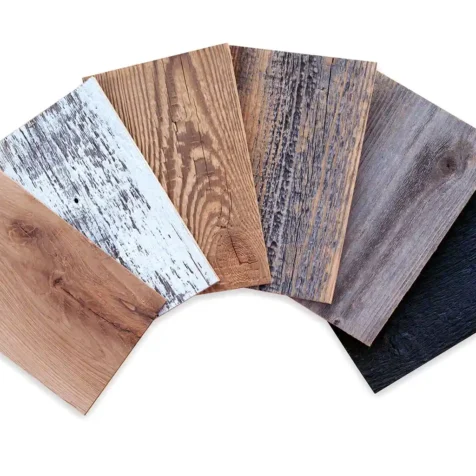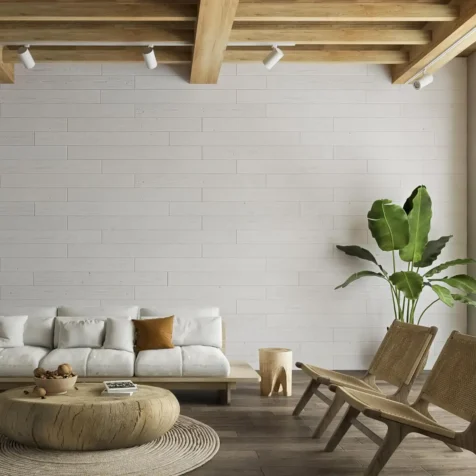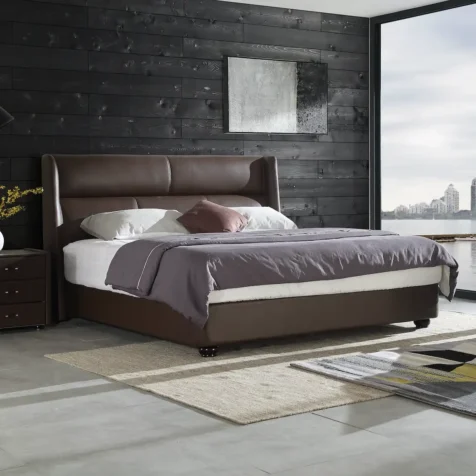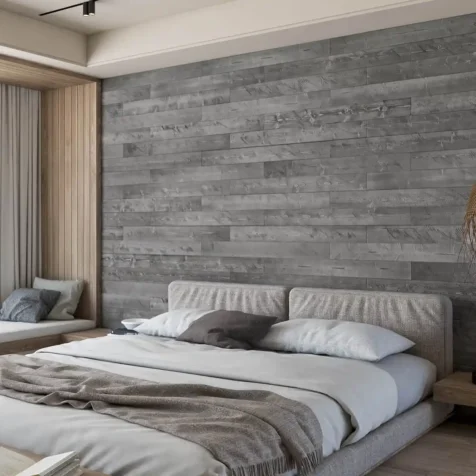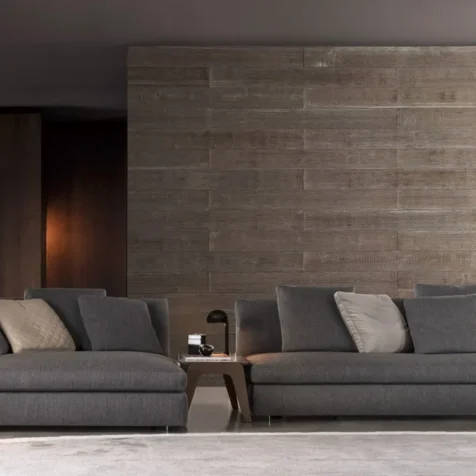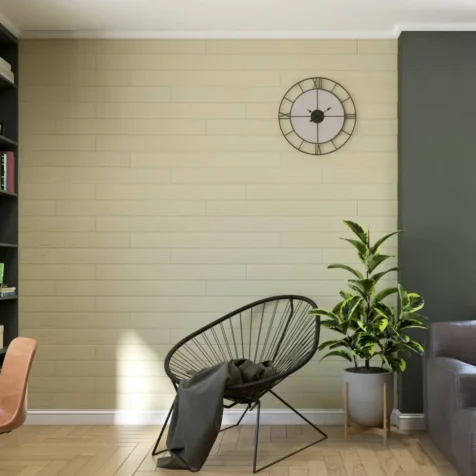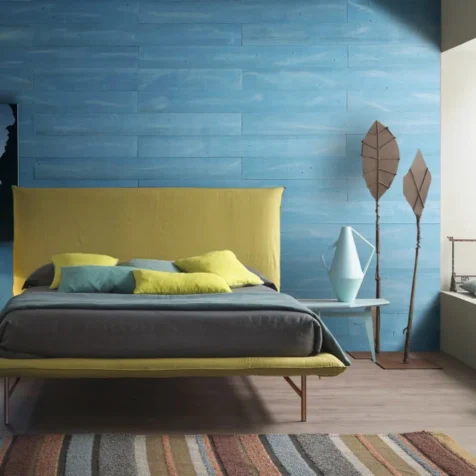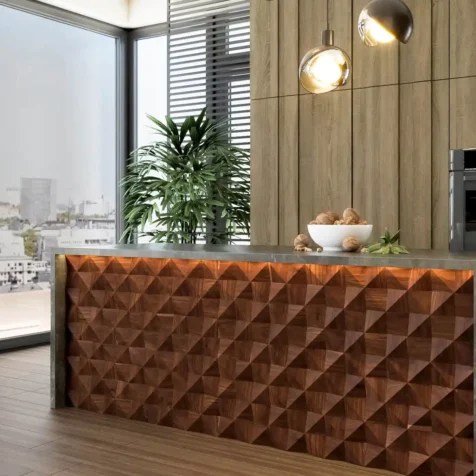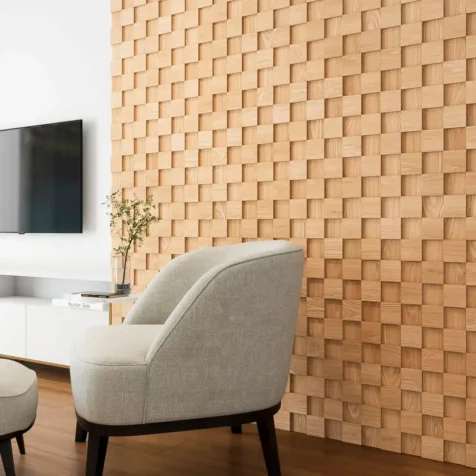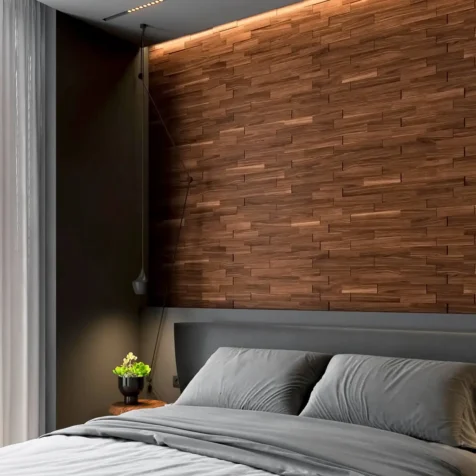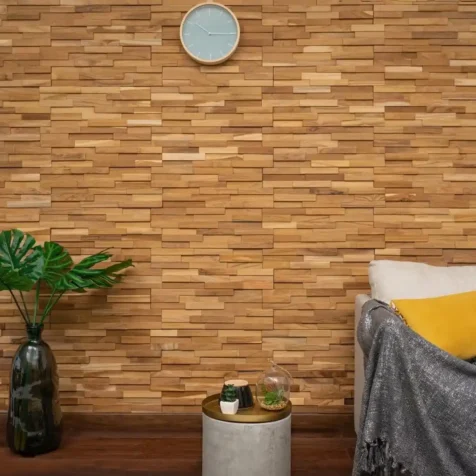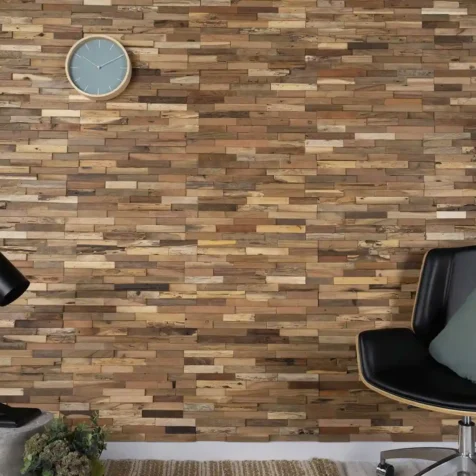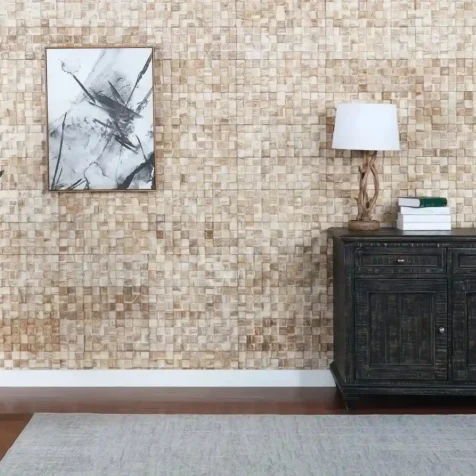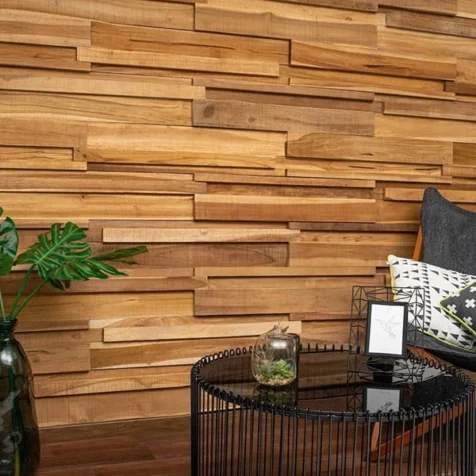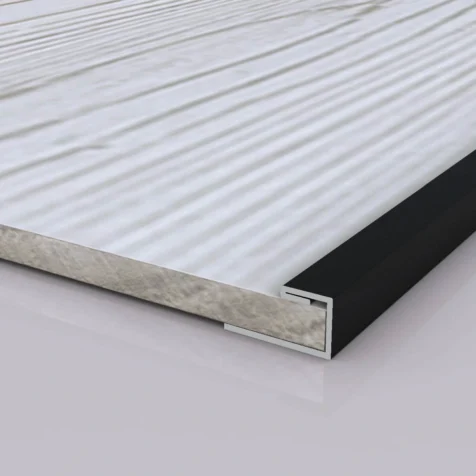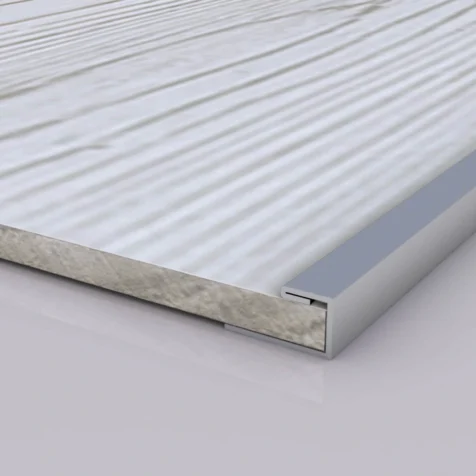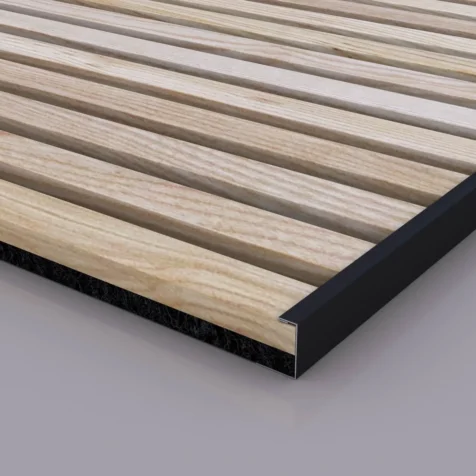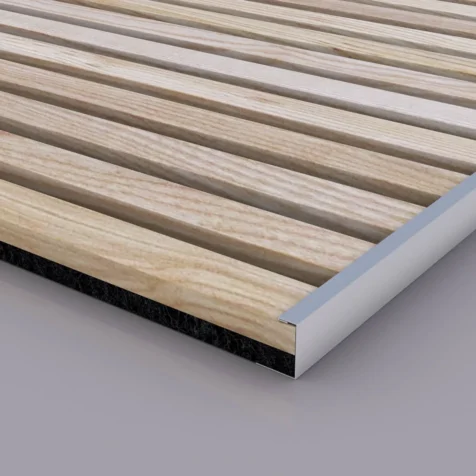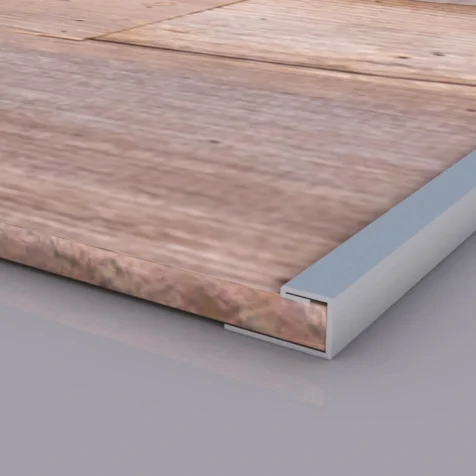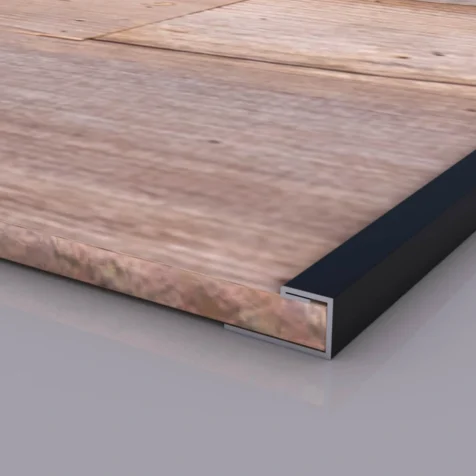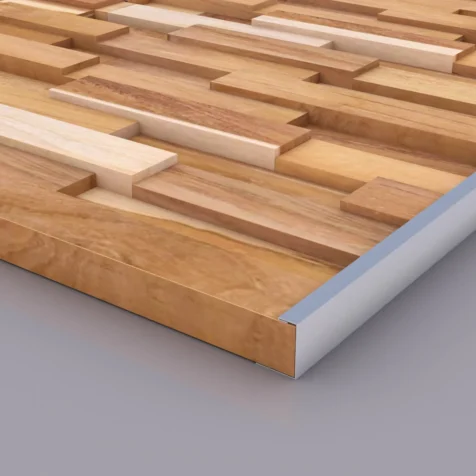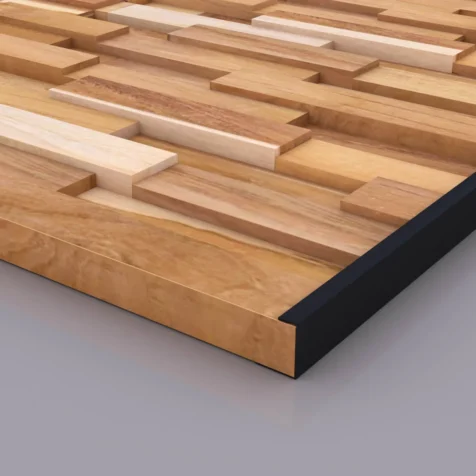Shiplap vs Drywall: What Works Best for You?
The debate between shiplap vs drywall always comes up when homeowners look for ways to refresh their spaces and create the perfect atmosphere. Both materials have their own advantages and drawbacks, each offering unique aesthetic and practical benefits.
Homeowners also always care about the cost of drywall vs shiplap, as it’s an important factor to consider before choosing the final material.
This article breaks down both options to help you decide which one is the best fit for your project.
Shiplap vs Drywall: Introduction
Before delving into comparing drywall vs shiplap, let’s understand what they actually are!
What is Shiplap?
Shiplap is a type of wooden board with two opposing rabbet joints (or notches) on the sides. It was originally used as a waterproofing material for building and ship exteriors and has now become a popular element for modern interior designs. Due to the unique notches, the boards can stay interlocked, allowing seamless and tight fit for installation in an alternating pattern.
Despite being mistakenly described as shiplap, not all horizontal wood paneling is shiplap. Square-edged boards, tongue-and-groove planks, and overlapping clinker boards have distinct profiles that might impact installation and the finished appearance.
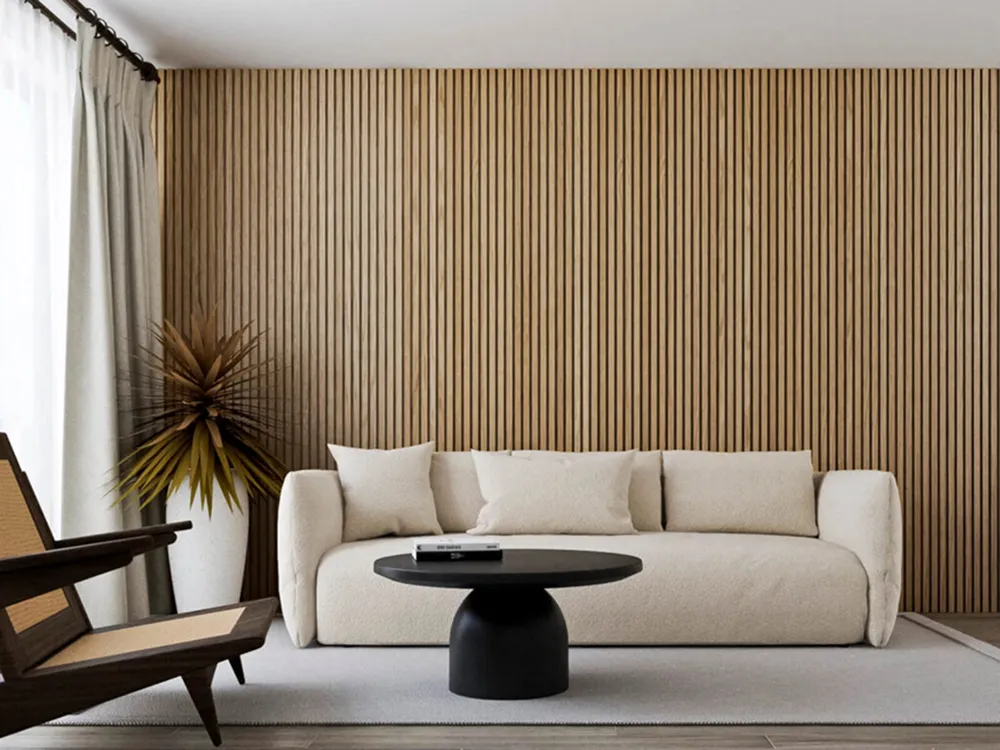
What is Drywall?
Drywall, often referred to as plasterboard or gypsum board, is a type of home improvement product used in construction. It usually comes in ½-inch thick 4-by-8-foot sections.
Standard white drywall is widely used. Yet, in high-humidity locations, special choices like moisture-resistant green drywall (also known as greenboard) are popular because they allow drywall to be utilized in various spaces.
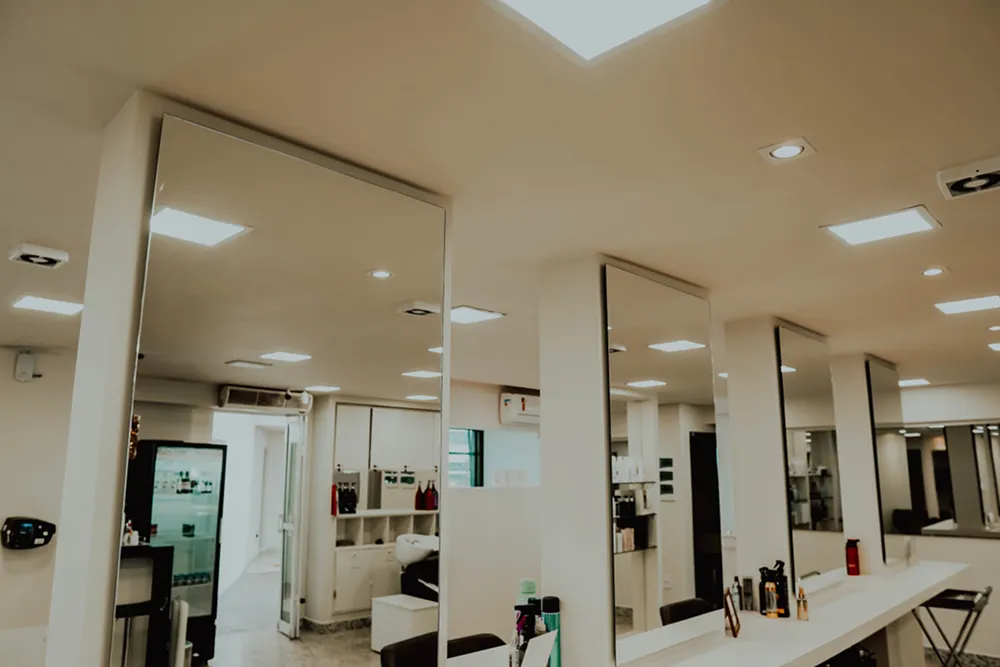
Differences between Shiplap vs Drywall
Let’s compare shiplap vs drywall to see which works best for your space.
1. Appearance
Shiplap offers a timeless, cozy, and elegant look. It’s made from pine, cedar, or oak and can be painted or stained in any color, allowing it to complement various spaces.
On the other hand, drywall works well with paint, wallpaper, wainscoting, ornate molding, and trim because it offers a consistent, smooth surface for a variety of materials and wall coverings.
2. Durability
When it comes to shiplap vs drywall competition, durability should be considered. Shiplap, which is 3–4 inches thick and composed of solid wood, is often more durable while maintaining visual appeal.
Because shiplap walls dry out quickly, homeowners may enjoy years of service free from mold growth and discoloration. Meanwhile, drywall is more easily damaged by water and prone to dents and scratches.
3. Ease of Use
Shiplap is a quick and simple do-it-yourself installation option that requires just a saw, nail gun, level, hammer, and wood block. It can be completed with little effort and few tools. Because shiplap simply has to be nailed to the board—no taping seams, mudding, or sanding—installation is considerably less dirty.
Conversely, drywall is more labor-intensive and requires a lot of tape, mud, sanding, and installation. The installation process may produce a lot of dust, so you may need specialized tools to deal with this problem.
4. Cost
The cost of shiplap vs drywall is one of the most concerning factors when choosing between the two options.
Most homeowners spend between $500 and $1,500 on a single room, with shiplap costing between $2.50 and $7.00 per square foot. Wood, stain, paint, or sealer to shield the lumber from weather damage are all included in the price. Despite the price, labor costs are frequently low since installation is very simple. Find out more about the cost of shiplap.
Even though dried drywall is less expensive than shiplap boards, the final product can be costly. Taping, mudding, sanding, priming, and paint finishes are all time-consuming and expensive. Typical straight walls and level ceilings cost between $1.50 and $1.80 per square foot for fitted drywall. Customized installation may cost more. Hard labor is required for the lengthy and tedious procedure, and hiring a professional installer can considerably raise the drywall cost.
5. Environmental Impact
Both shiplap and drywall are eco-friendly options for house renovation.
Shiplap from sustainably sourced wood uses repurposing existing materials, minimizing waste and the need for new timber.
On the other hand, drywall manufacturing is energy-intensive and non-biodegradable. However, manufacturers are lowering their environmental effects through recycled content and production procedures. Appropriate disposal through recycling programs can reduce the material’s ecological footprint.
6. Customization
Both options can be customized to meet homeowners’ aesthetic and functionality requirements. Shiplap offers customizable wood finishes, while drywall provides a flexible surface for applying architectural elements, paint, wallpaper, and textures.
7. Maintenance
Cleaning shiplap is easy with a damp rag. However, you can’t use the same method with drywall (which was backed with paper) as it may damage the wall.
Comparison Table
| Shiplap | Drywall | |
| Appearance | Timeless, cozy, and elegant look. Can be made from pine, cedar, or oak, and painted or stained in any color to match various spaces. |
Provides a smooth, consistent surface ideal for paint, wallpaper, wainscoting, and trim. |
| Durability | More durable Resistant to wear, mold and discoloration. |
Susceptible to mold in high-humidity areas. Prone to dents, scratches, and water damage. |
| Ease of Use | Easy DIY installation with simple tools, no taping or sanding and minimal mess after installation. | Requires taping, mudding, sanding, and priming, creating more dust. More labor is needed. |
| Cost | $2.50 – $7.00 per square foot for material. Low labor costs due to easy installation. |
$1.50 – $1.80 per square foot Yet, labor cost is higher due to time-consuming installation. |
| Environmental Impact | Eco-friendly since it’s sourced from sustainable wood. | Energy-intensive production, but can be made with recycled content to reduce environmental footprint. |
| Customization | Customizable finishes and board orientation (vertical or horizontal) Can be stained or painted |
Highly customizable with paint, textures, wallpaper, and architectural details like niches and soffits. |
| Maintenance | Easy to clean Requires minimal maintenance |
Requires careful cleaning to avoid damaging the paper surface |
What to Choose between Shiplap vs Drywall?
Below is a list of popular applications of each material to maximize their advantages.
When to Use Shiplap?
- Exterior siding and cladding
Shiplap is suitable for sheds, garages, decks, porches, and patios because it is durable against weathering conditions. Plus, its rustic charm creates a unique aesthetic appeal, making it a popular choice for exterior designs.
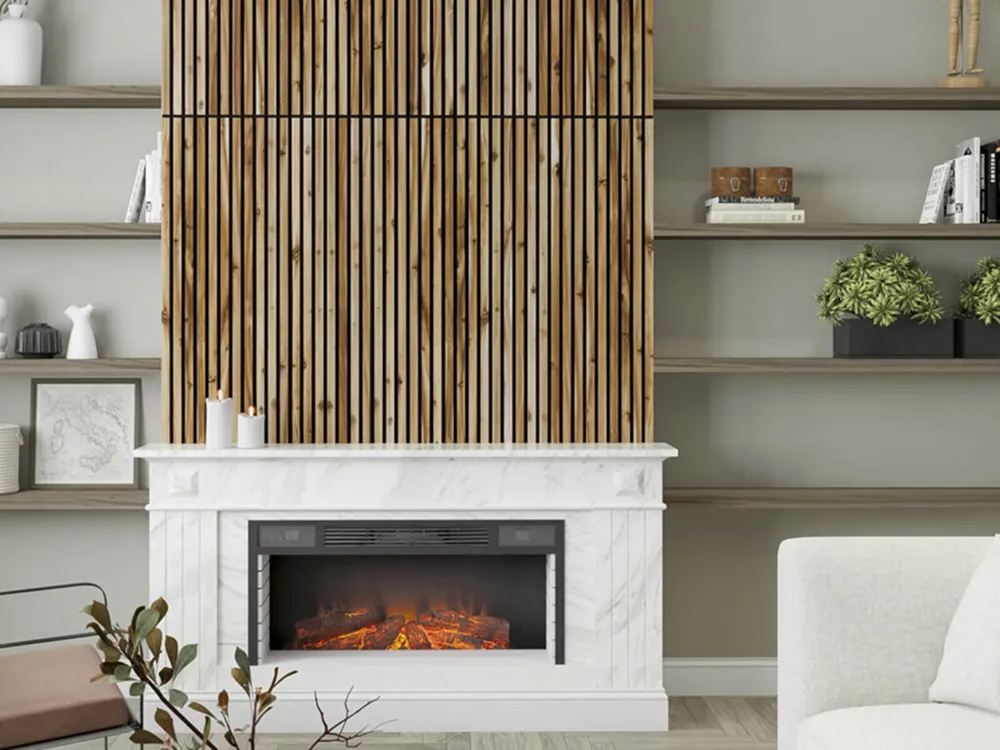
- Interior ceilings and walls
Shiplap is a multipurpose material that can transform the appearance of interior walls and ceilings while protecting against moisture and temperature changes. It can be painted or stained to match décor and is perfect for water-prone areas such as kitchens, laundry rooms, and bathrooms.
- Accent walls and feature areas
Shiplap can be used as accent walls in living rooms and bedrooms to create focus points and give depth and texture. It’s also suitable around fireplace mantles for a cozy vibe.
When to Use Drywall?
- Architecture details
People usually use drywall to create unique architectural elements such as soffits, niches, crown moldings, wainscoting, and custom-designed archways. They give the interior more elegance, dimension, and space.
- Wallpaper and paint
As a base for paint and wallpaper, drywall is a flexible material for interior design that makes application and customization simple. It can be used for both interior and exterior projects.
Explore WoodyWalls Wood Panel Today!
The discussion above breaks down the key differences between shiplap and drywall—each offering its own benefits and challenges. Ultimately, the best choice depends on your priorities and the needs of your space.
If you’re leaning toward shiplap wall paneling, WoodyWalls offers a variety of solutions to help you achieve the perfect look. Visit us to explore your options!



